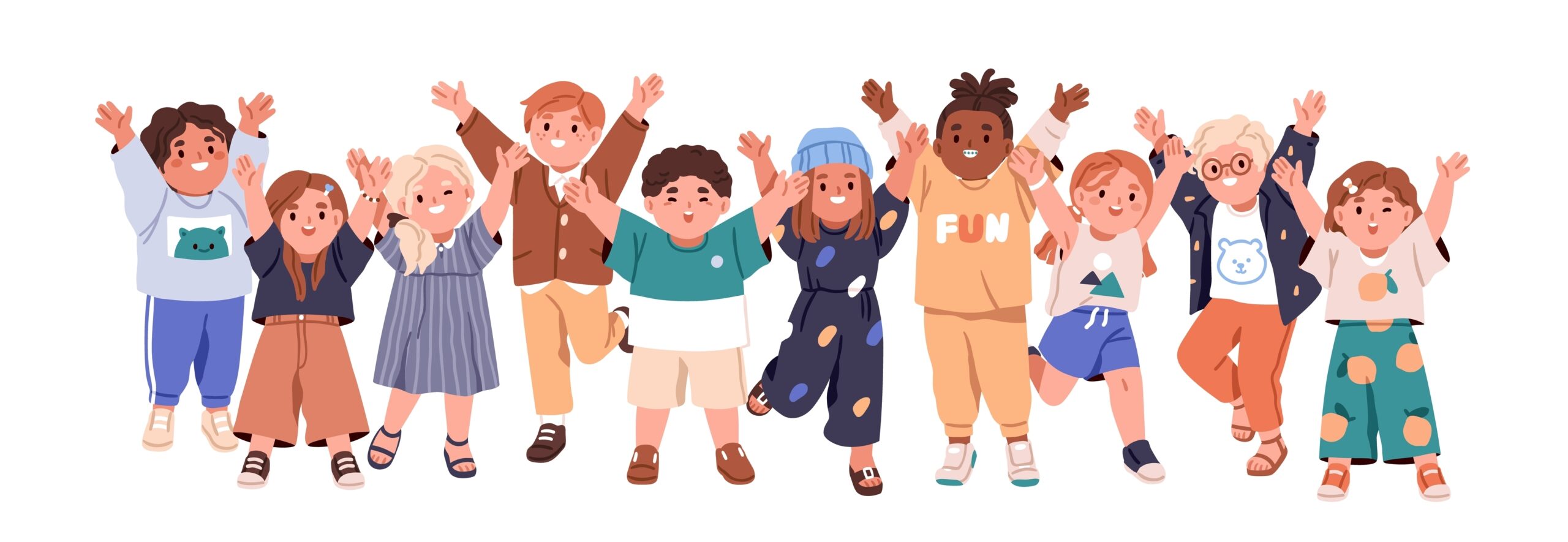Neurological Balance and Medical Disorders
- Seizure Disorders in Children: Symptoms, Diagnosis, and Therapy
- Tourette Syndrome in Children: Symptoms, Diagnosis & Therapy Options
- Substance Use Disorders in Youth: Effects, Signs & Therapy Support
- Cerebral Palsy in Children: Symptoms, Types & Therapy Support
- Pediatric TBI & Concussions: Symptoms, Recovery & Therapy Support
- Pediatric Migraines: Symptoms, Triggers & Therapy Support
- Ehlers-Danlos Syndrome in Children: Symptoms, Types & Therapy Support
- BPPV: Causes, Symptoms & Treatment with Physical Therapy
- Vestibular Disorders: Symptoms, Causes & Therapy Support for All Ages
- Parkinson’s Disease: Symptoms, Treatment & Therapy Support
- Post-Stroke Rehab & CVA Recovery: Find Therapists for Stroke Rehabilitation
- Ataxia: Causes, Symptoms & Rehab Therapies
- Peripheral Neuropathy: Causes, Symptoms & Rehab
- Delayed Motor Milestones in Children | Early Signs, Causes & Therapy
- Hypotonia (Low Muscle Tone) in Children: Symptoms, Causes & Therapy
- Spina Bifida in Children: Types, Symptoms & Therapy Options
- Tic Disorders in Children: Symptoms, Types & Therapy Support
- Down Syndrome
Seizure Disorders in Children: Symptoms, Diagnosis, and Therapy

Authored by: The DrSensory Editorial Team
Reviewed by: 🛡️ DrSensory Clinical Review Board – Doctor of Therapy Rehab Division
Last updated: June 2025
Understanding Seizure Disorders in Children: Symptoms, Causes, & Therapy Options
Seizures in Children: What Parents Need to Know
What Are Seizure Disorders?
Seizure disorders are neurological conditions that cause sudden, uncontrolled electrical disturbances in the brain. These disturbances can lead to a wide range of physical, emotional, and behavioral symptoms, depending on the type and severity of the seizure.
While many associate seizures with convulsions, some seizures are more subtle—appearing as brief lapses in attention, staring spells, or muscle twitches. For children, timely diagnosis and intervention are critical for managing symptoms and supporting healthy development.
Common Types of Seizure Disorders in Children
Generalized Seizures
- Tonic-clonic seizures (formerly “grand mal”) involve stiffening and jerking of muscles, loss of consciousness, and sometimes incontinence.
- Absence seizures (formerly “petit mal”) appear as brief staring spells and are often mistaken for daydreaming.
- Myoclonic seizures involve sudden, brief muscle jerks.
Focal Seizures
- Start in one area of the brain and may or may not affect consciousness.
- Can involve twitching, unusual sensations, or emotional changes.
Febrile Seizures
- Triggered by high fever in infants or toddlers.
- Usually brief and not indicative of epilepsy, but they should still be evaluated.
Signs and Symptoms of Seizure Disorders
Symptoms vary based on seizure type but may include:
- Loss of consciousness
- Muscle stiffening or jerking
- Sudden confusion or staring spells
- Lip-smacking or hand-rubbing
- Sudden falls or fainting
- Changes in vision or speech
- Aura sensations (e.g., strange smell or taste before a seizure)
What Causes Seizures in Children?
Seizures can result from various factors, including:
- Genetic conditions
- Brain injury (prenatal or postnatal)
- Infections (e.g., meningitis, encephalitis)
- Structural abnormalities in the brain
- Metabolic imbalances
- High fevers (febrile seizures)
- Unknown causes (idiopathic epilepsy)
Diagnosis: When to Seek Help
If your child experiences a suspected seizure, seek immediate medical attention.
Diagnosis typically includes:
- Neurological examination
- EEG (electroencephalogram) to measure brain activity
- MRI or CT scan to rule out brain abnormalities
- Blood tests to identify underlying issues
Early diagnosis can improve outcomes significantly. Tracking symptoms and episodes helps healthcare providers determine the right treatment path.
Treatment and Therapy Options for Seizure Disorders
Managing seizure disorders often involves a combination of medical and therapeutic interventions:
Medical Management
- Anti-seizure medications (ASMs)
- Ketogenic diet (especially for drug-resistant epilepsy)
- Surgical interventions in select cases
Occupational and Physical Therapy
- Support motor coordination, balance, and adaptive skills
- Address developmental delays caused by recurrent seizures
Speech Therapy
- Helps children with language, cognitive, and communication challenges, especially if seizures affect brain regions involved in speech
How DrSensory Can Help
DrSensory connects families with licensed pediatric therapists across the U.S. Our trusted database includes:
- Occupational Therapists
- Physical Therapists
- Speech-Language Pathologists
Use our search tool to find local or virtual therapy providers experienced in treating children with seizure disorders and related developmental needs.
Frequently Asked Questions (FAQ)
What is the difference between epilepsy and a seizure disorder?
“Seizure disorder” is a broad term that refers to any condition involving seizures. Epilepsy is a chronic seizure disorder where a person experiences two or more unprovoked seizures.
Can a child outgrow seizures?
Yes. Many children with febrile seizures or certain types of childhood epilepsy outgrow them by adolescence. However, ongoing medical evaluation is essential.
Are seizures always an emergency?
Not all seizures require emergency care, but a first-time seizure, prolonged seizure (lasting over 5 minutes), or one with injuries should prompt immediate medical attention.
Can therapy help a child with a seizure disorder?
Absolutely. While therapy doesn’t stop seizures, occupational, physical, and speech therapies can significantly improve a child’s development, learning, and independence—especially if seizures impact brain function.
How do I find the right therapist for my child with seizures?
- Use DrSensory’s Therapist Directory to search by location, specialty, and experience. You’ll find licensed professionals equipped to support children with seizure-related developmental needs.
This page provides general educational content and is not a substitute for professional medical advice. Always consult a licensed provider for diagnosis and treatment.
View privacy policy, copyright and trust info
More on Neurological Balance and Medical Disorders

- Seizure Disorders in Children: Symptoms, Diagnosis, and Therapy
- Tourette Syndrome in Children: Symptoms, Diagnosis & Therapy Options
- Substance Use Disorders in Youth: Effects, Signs & Therapy Support
- Cerebral Palsy in Children: Symptoms, Types & Therapy Support
- Pediatric TBI & Concussions: Symptoms, Recovery & Therapy Support
- Pediatric Migraines: Symptoms, Triggers & Therapy Support
- Ehlers-Danlos Syndrome in Children: Symptoms, Types & Therapy Support
- BPPV: Causes, Symptoms & Treatment with Physical Therapy
- Vestibular Disorders: Symptoms, Causes & Therapy Support for All Ages
- Parkinson’s Disease: Symptoms, Treatment & Therapy Support
- Post-Stroke Rehab & CVA Recovery: Find Therapists for Stroke Rehabilitation
- Ataxia: Causes, Symptoms & Rehab Therapies
- Peripheral Neuropathy: Causes, Symptoms & Rehab
- Delayed Motor Milestones in Children | Early Signs, Causes & Therapy
- Hypotonia (Low Muscle Tone) in Children: Symptoms, Causes & Therapy
- Spina Bifida in Children: Types, Symptoms & Therapy Options
- Tic Disorders in Children: Symptoms, Types & Therapy Support
- Down Syndrome
Find a Therapist near you
Are you looking for a physical, occupational, or speech therapist in your area?
Look no further than the DrSensory Therapist Database and Clinic Directory!
Find a Therapist
Find the physical therapist, occupational therapist, or speech language pathologist you’re looking for!
Ask Us Anything
Whether you are looking for advice, have a general question about sensory processing, or looking for resources.
Submit Your Story
Share your story about your child. Let’s celebrate milestones and learn more about challenges.











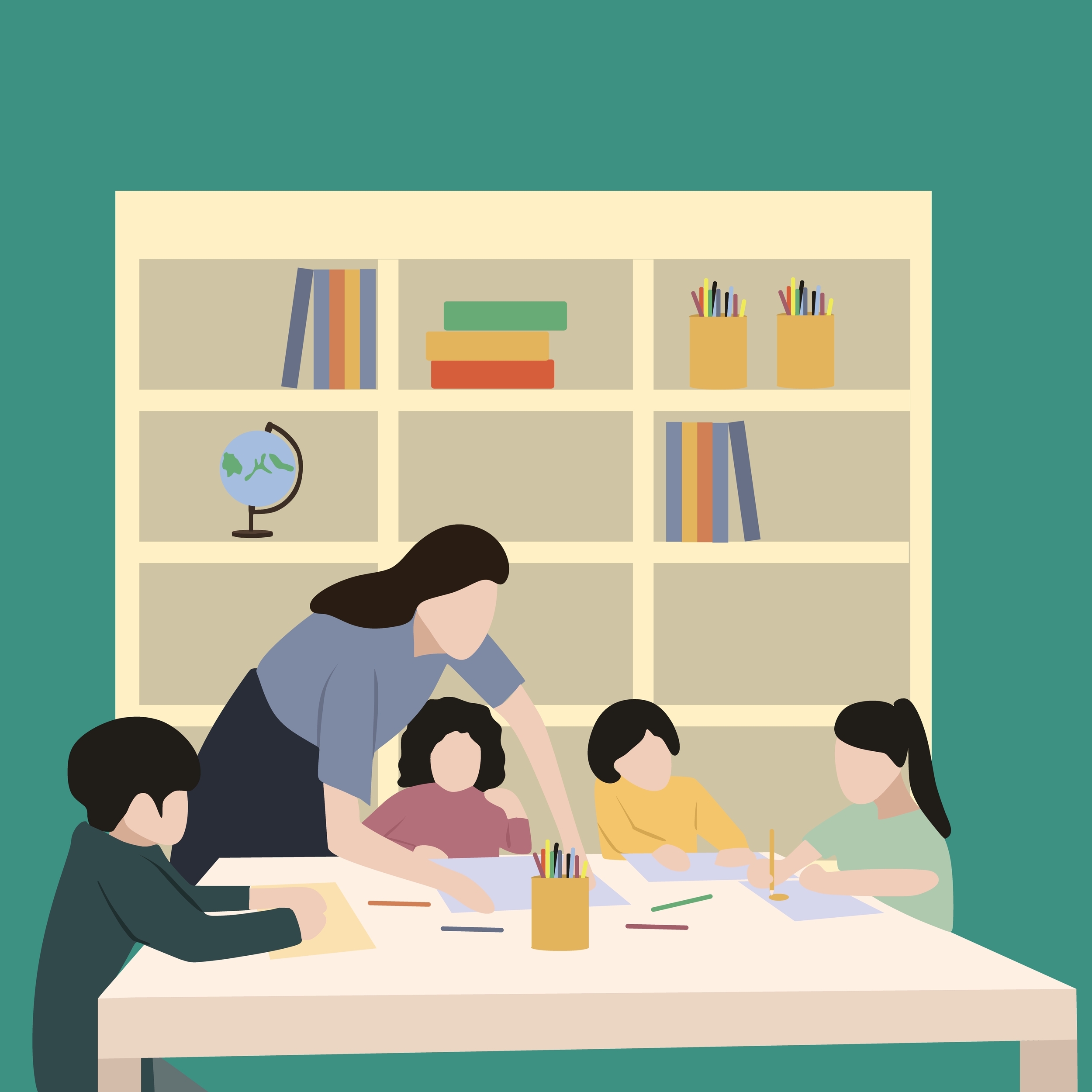


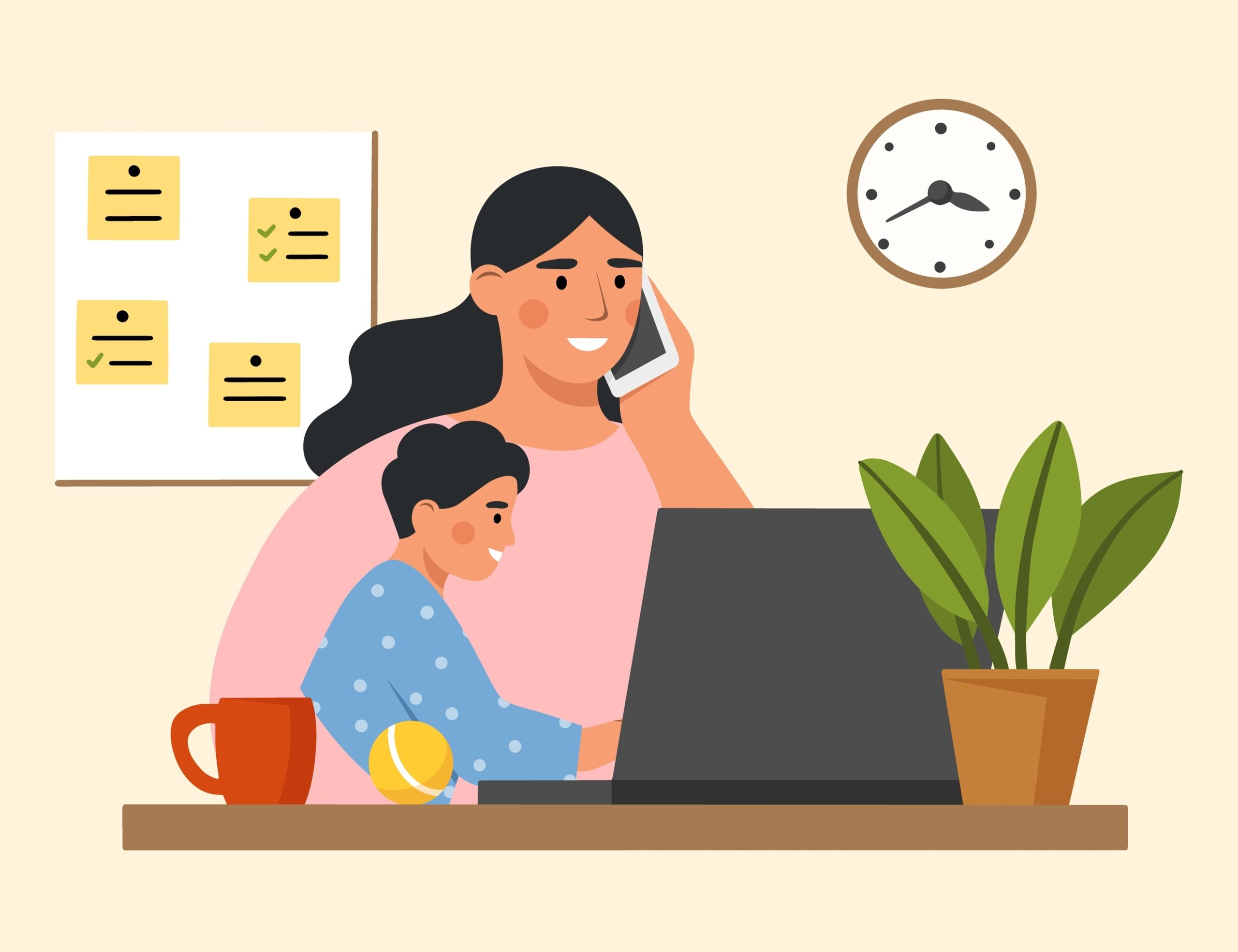


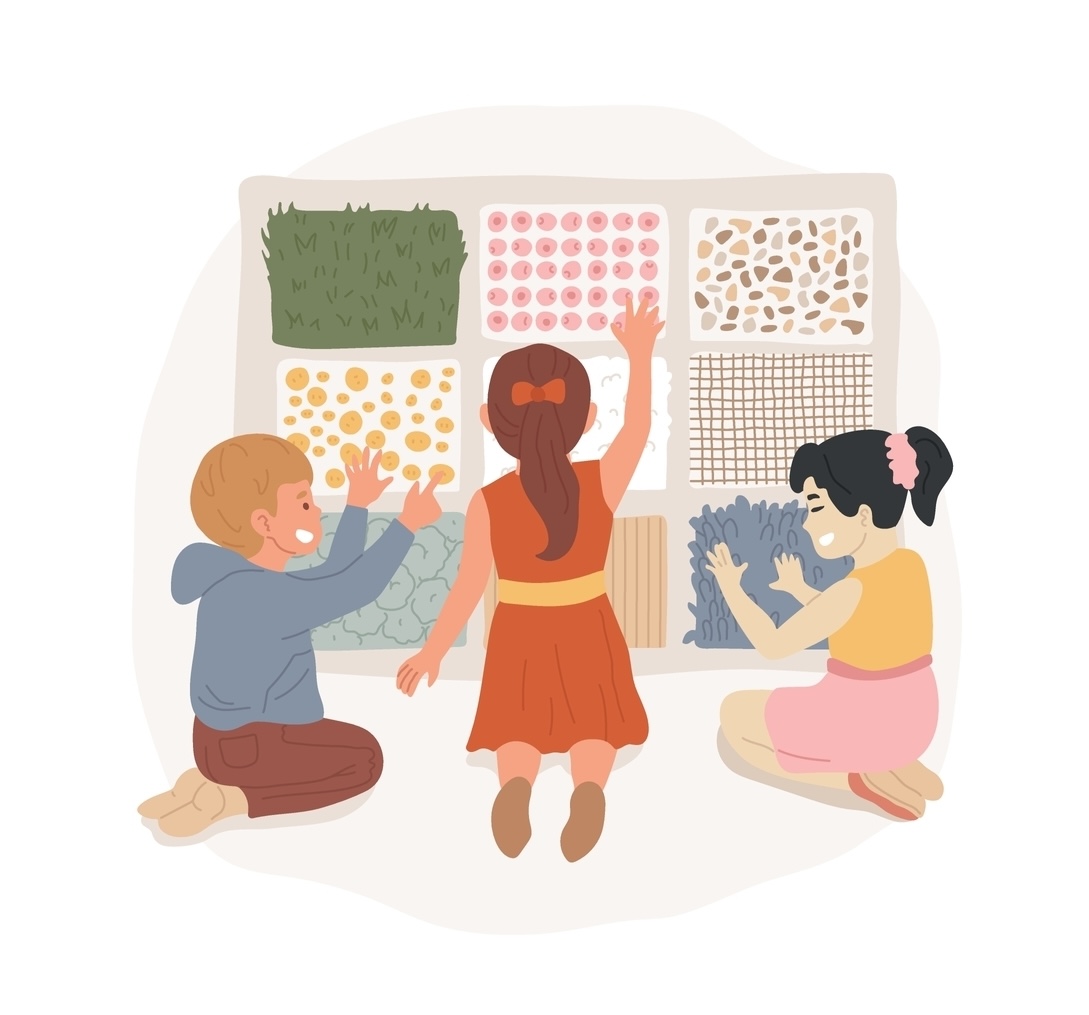


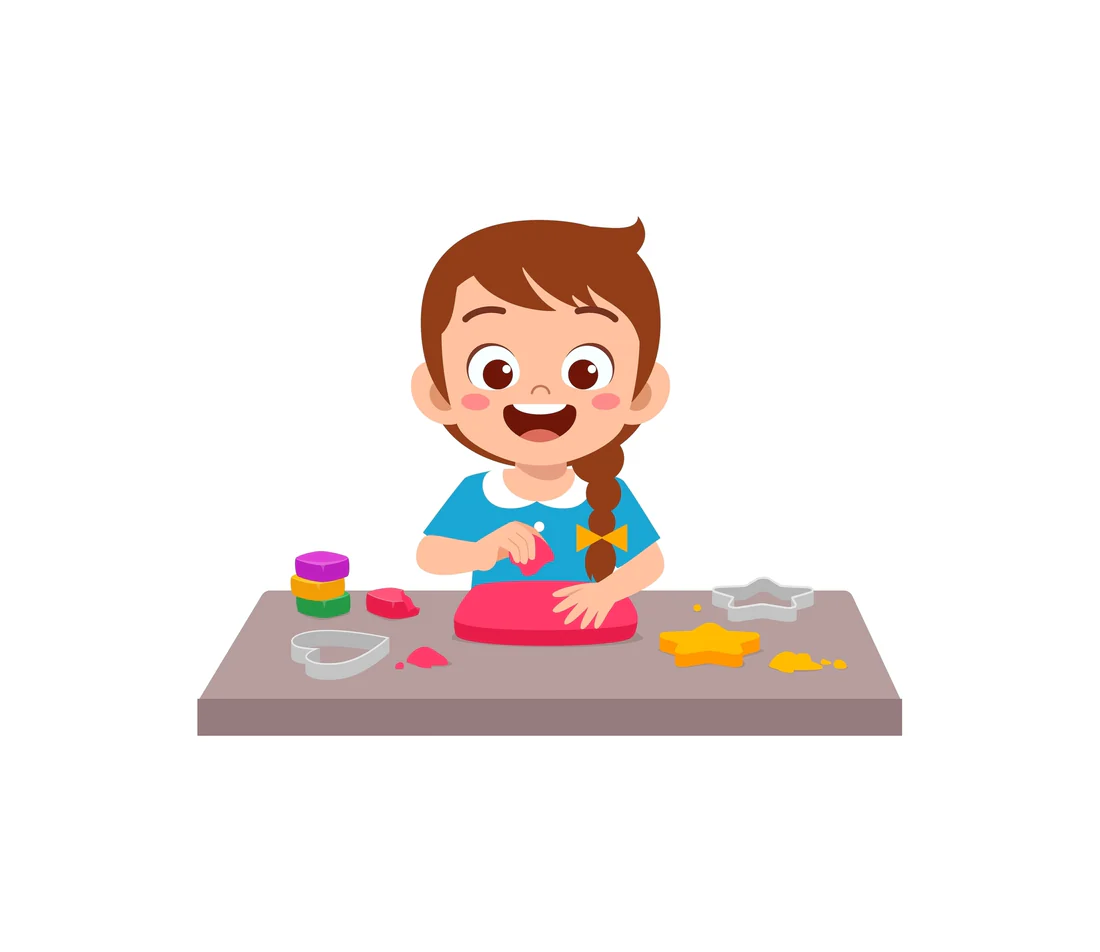
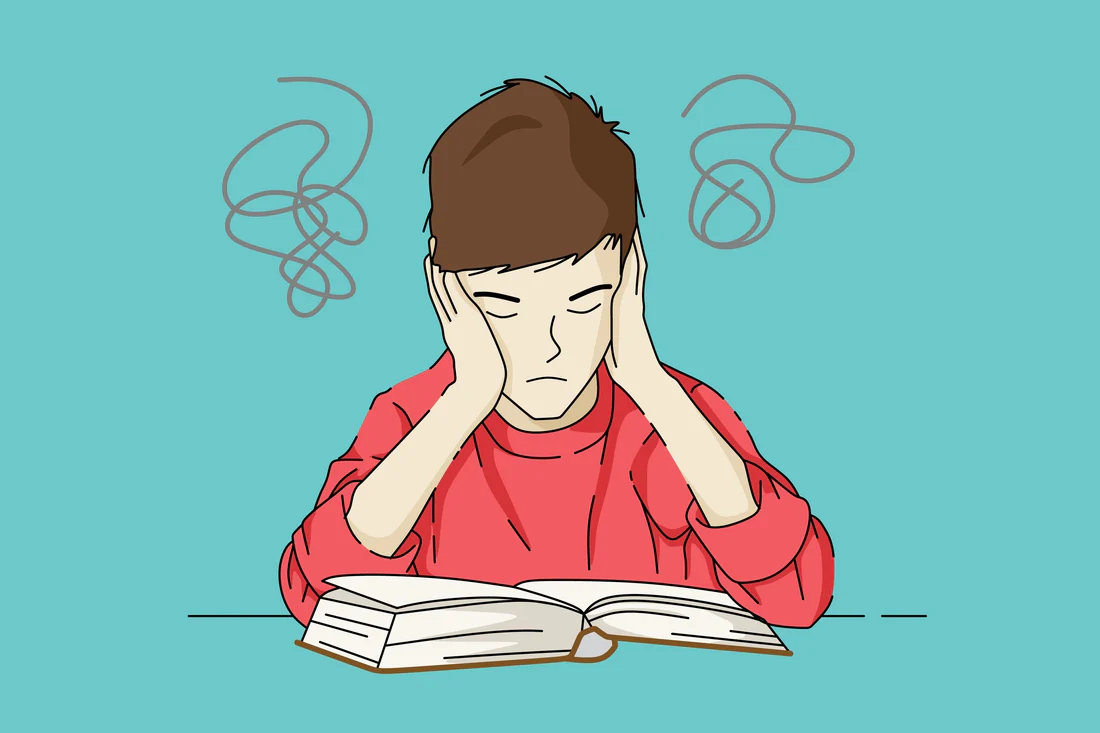
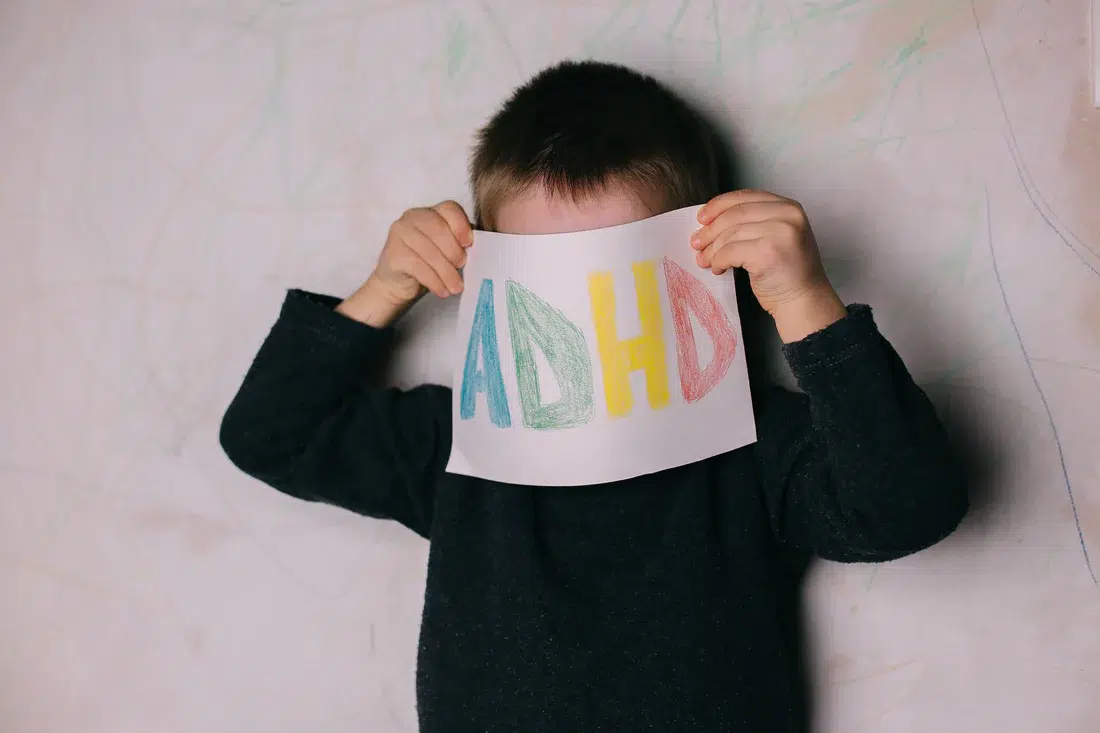


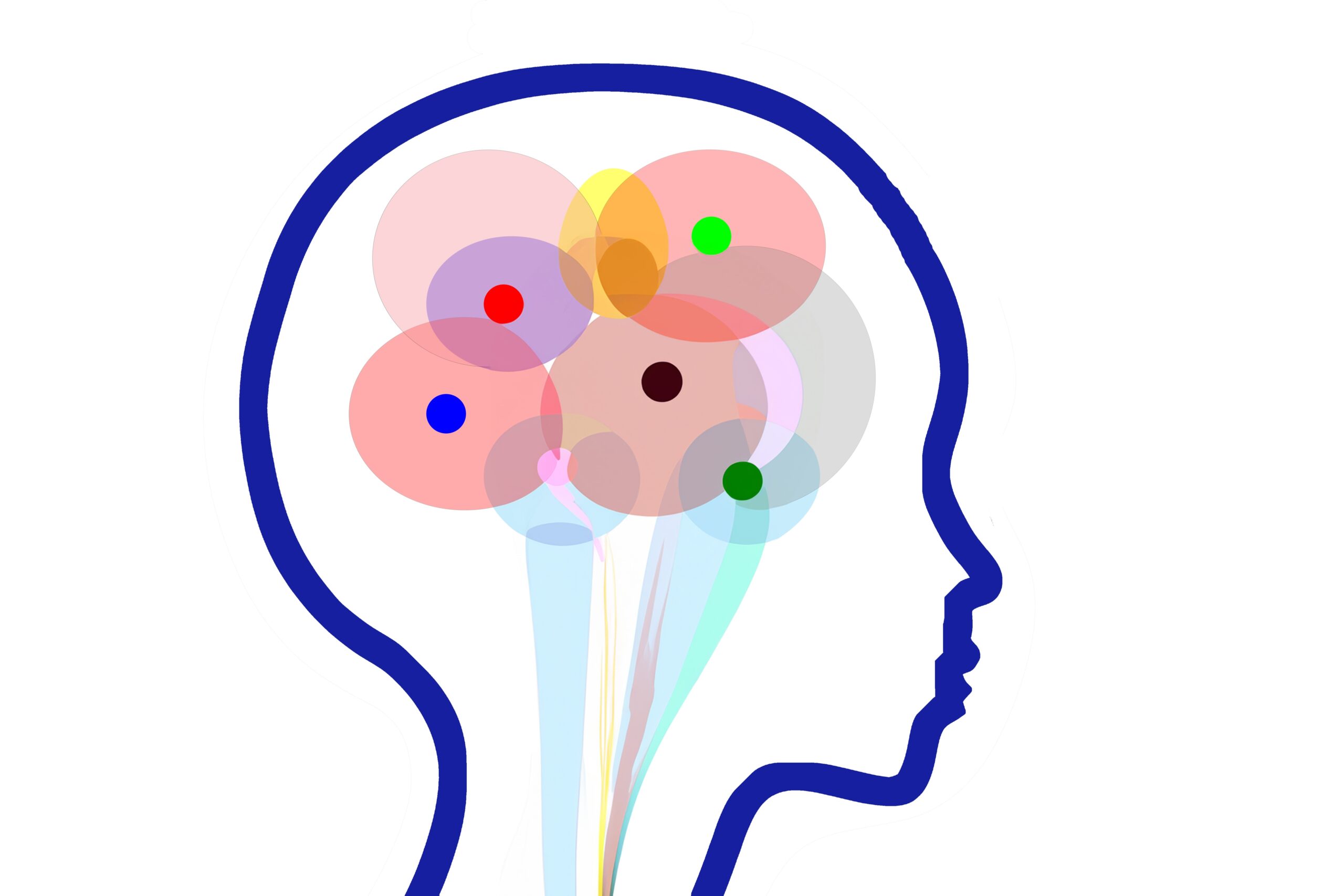
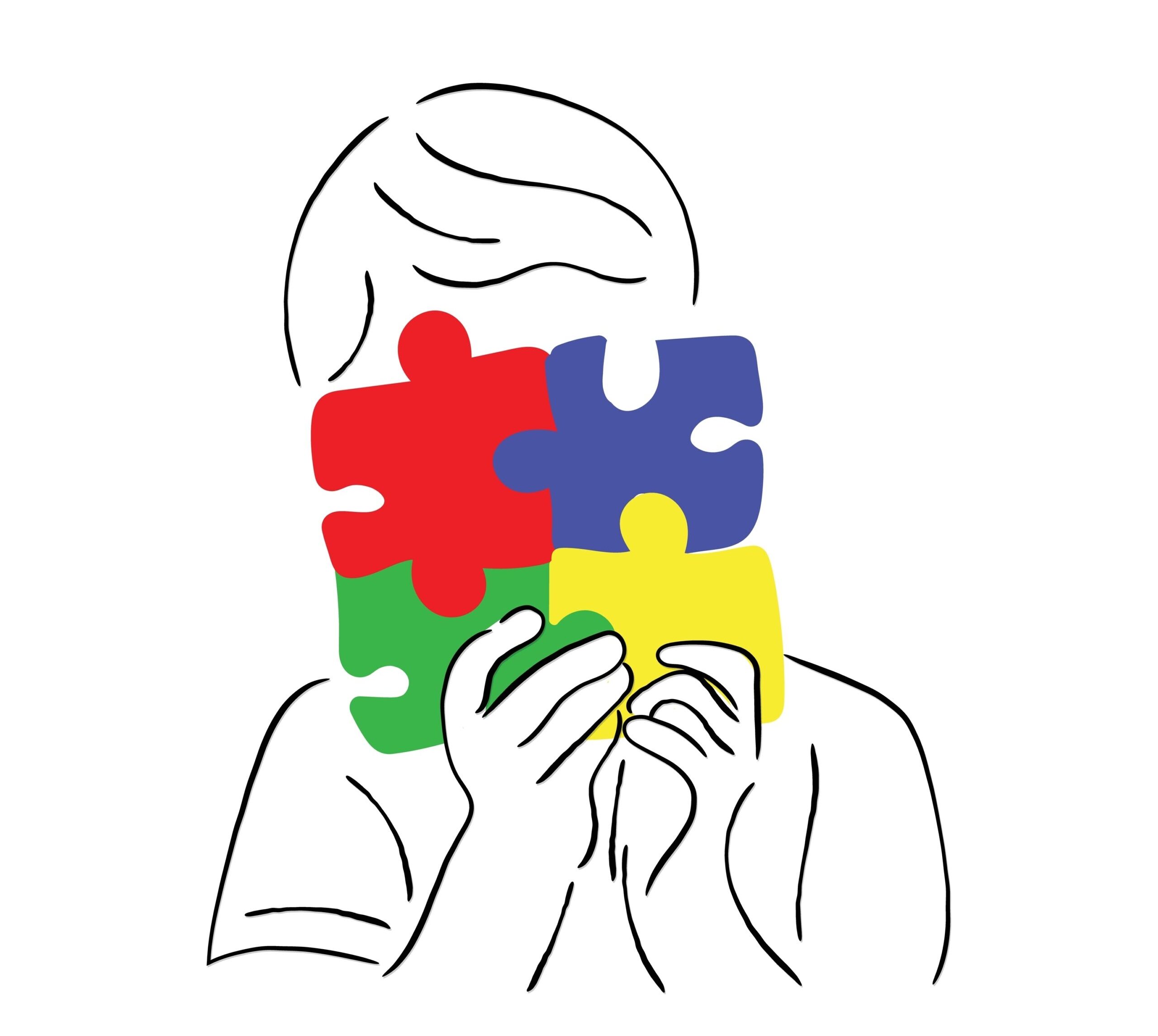
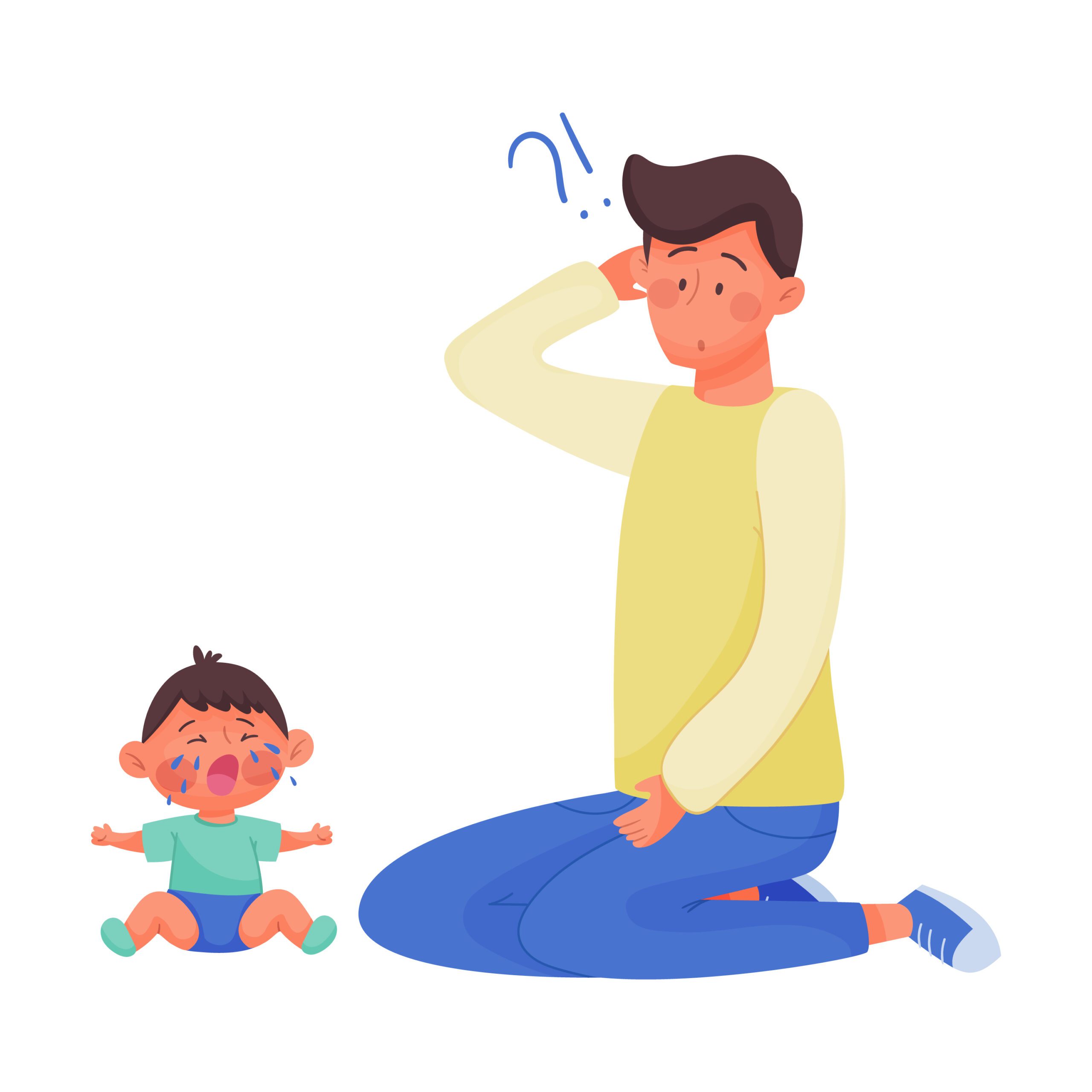

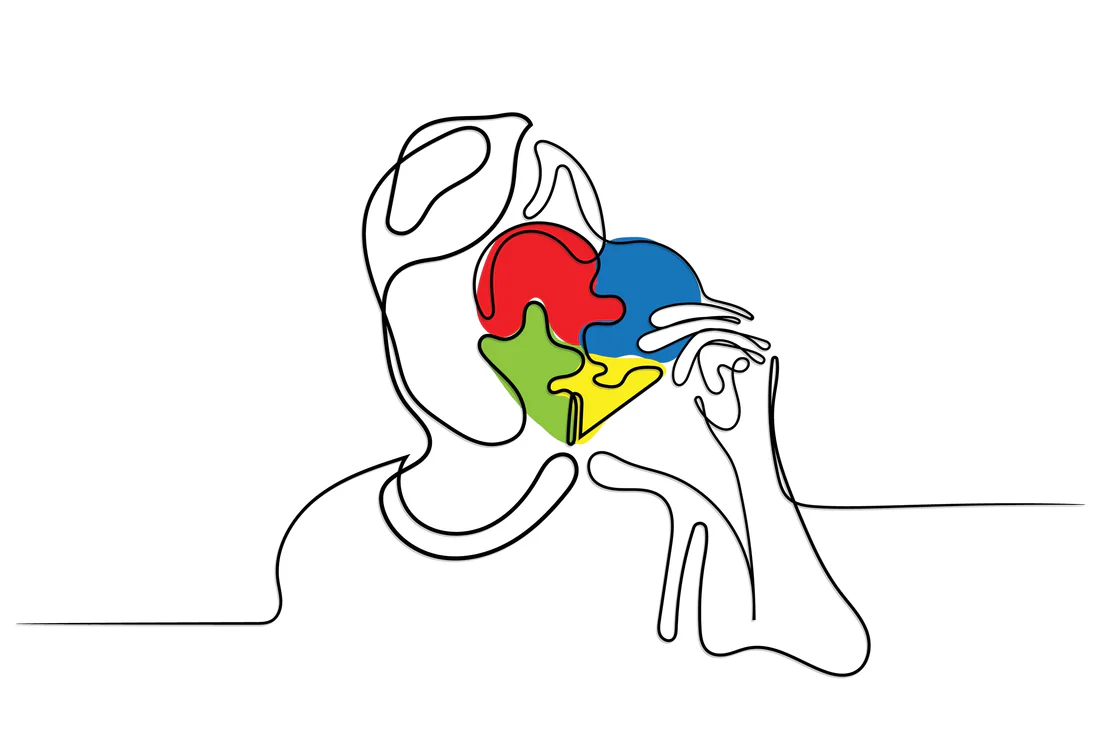










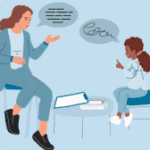 Speech Therapy
Speech Therapy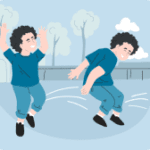 Physical Therapy
Physical Therapy Occupational Therapy
Occupational Therapy



